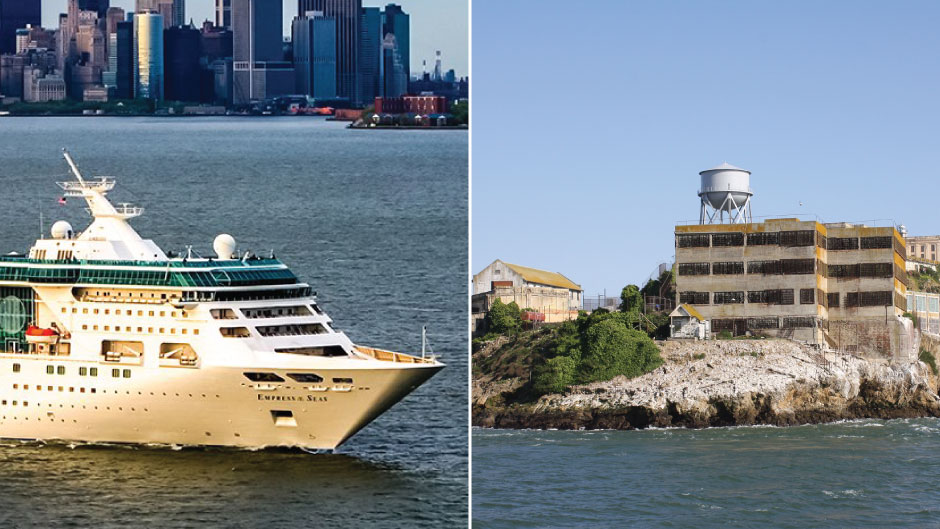In November of last year, I had the pleasure of taking a vacation on a cruise ship to the Caribbean. It was a wonderful experience and I had a great time! With all of that free time and a rested mental state, I began to notice something quite interesting; I started to draw parallels of architecture and design methods that I work with for some of our jail construction projects at Nacht & Lewis.

We all know a cruise ship cabin is unmatched to a 5,000 s.f. grand suite at a tropical five star resort. However, what I did begin to notice was a few undeniable parallels between jails/prisons and a cruise ship, leading me to the conclusion that a cruise ship employs design and construction methods similar to those of a modern jail or prison. I am in no way criticizing the cruise industry, and I did not equate my stay on the ship to being in a jail cell, but I did see some fundamental similarities in the way the two are made, which allows for greater efficiency and sustainability within small-confined spaces.
After further exploration, the parallels between a modern jail/prison and a cruise ship are quite astonishing! The technology, which has historically been used only on cruise ships, is now being used for prison construction. Cruise ships face similar challenges to modern jails and those who design them are coming to similar solutions.
Prefabricated Sleeping Rooms
The cruise ship, like a jail, is costly to construct and so there is a desire to get as many people into as small of a space as possible. They also have a need to keep the ship as fire resistant as possible, just like jails. This has led cruise ship designers to use narrow steel wall and ceiling panel systems and to prefabricate sleeping units. This results in construction that is lightweight, durable, secure and non-combustible. All characteristics that are critical and increasingly being used for a modern jail cell and day rooms.

Another parallel, in California at least, is that cruise ships need to conserve potable water. There is limited space for storage on the ship, so keeping water use to a minimum saves weight and space. This has led cruise ship designers to use two other technologies that are also being used in modern jail and prison design: vacuum plumbing and fire sprinkler misting systems.

Vacuum Plumbing System
In a cruise ship, the need for vacuum plumbing is principally driven by the pitching of the ship, which sometimes turns a downhill slope into an uphill one. The plumbing waste vacuum system uses less than half of the water of a conventional gravity system and has the added benefit of being harder to plug up. Inmates will sometimes try to block the drains in their cells. Vacuum plumbing systems in a jail can actually move a full pair of blue jeans through the drains. Please do not try this at home, or on the next cruise ship you are on!
Fire Suppression Mist System
The water mist fire suppression systems also save on water volume by using high pressure to create a fog to dampen a fire. Many jails and prisons are placed in remote areas to avoid the problems of acceptance by the public in already developed neighborhoods. Because of these remote locations, available water pressure in these areas is sometimes unable to meet the demands of conventional fire suppression systems. The water mist systems were first developed for maritime application about twenty years ago. The construction industry has taken many years to translate this example to a usable form for land-based development. The uses are not that different, but the regulatory authorities are, and that has led to the development of new performance based testing requirements.
The cruise industry also offers some education in the form of lectures, although the library onboard my ship looked more like a bar. Much of our work with justice projects helps our correctional clients create more space and offer an increased level of educational, vocational and therapeutic programming to make sure that those leaving the system do not return. The cruise industry on the other hand, wants you back again and again, thus ending our parallel path.
Although we don’t expect to see waterslides in prisons in the foreseeable future, it is likely that the construction technology being developed for these megaships will continue to influence jail construction for years to come.
Bon Voyage!
Photo Credits: 1) Royal Caribbean Cruise Twitter 2) Cruise Critics 2) Old Castle Precast 3) Airvac, Inc.





